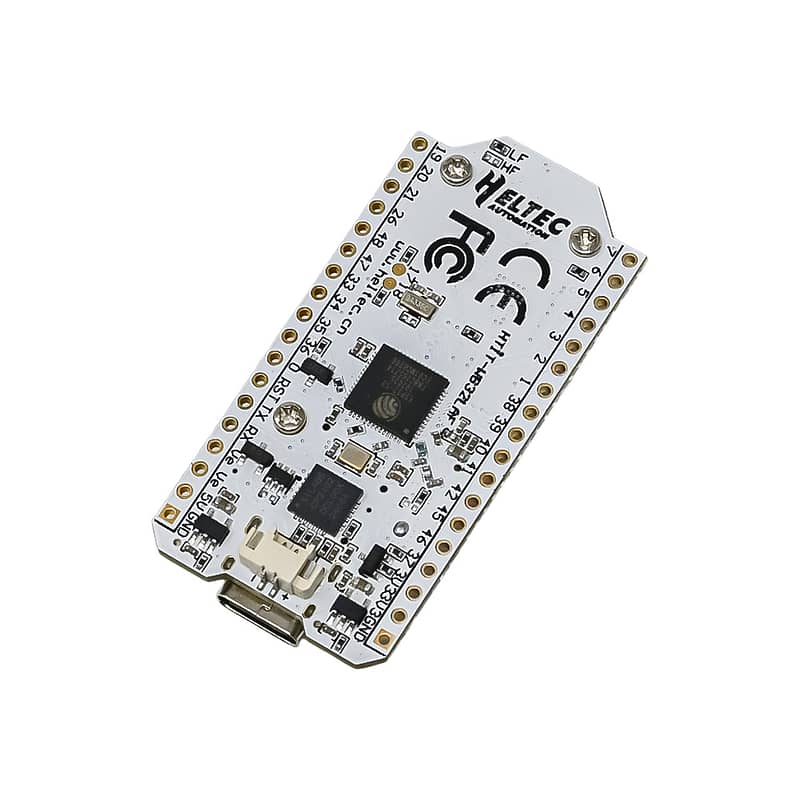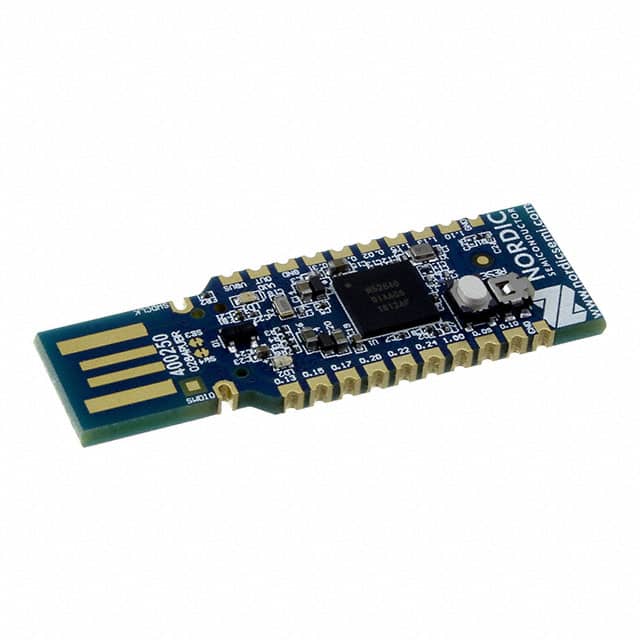
From Science Fiction to Sound-Driven Reality
Researchers at Penn State and LMU Munich have unveiled a new model for controlling swarms of microscopic robots.
Instead of relying on slow chemical signals, these “talking” microbots communicate using sound waves.
The result is a swarm that can change shape, navigate obstacles, and reform after disruption.
The breakthrough points toward faster, cheaper, and more resilient robotics for both healthcare and environmental uses.
How the Acoustic Microbots Work
Each microbot is designed with a simple set of parts: a microphone, a speaker, a motor, and an oscillator.
They follow two rules. Move toward the loudest sound, and adjust their own sound based on what they hear.
This creates a self-organising network where each bot reinforces the signal of its neighbours.
In computer simulations, the microbots formed chains, rings, and other shapes to adapt to their environment.
Even when cut in half, the swarm reconnected itself without outside control.
Why Sound Beats Chemicals for Microbot Swarms
Chemical signalling has long been used to control swarms of small robots.
However, it is slow, has limited range, and cannot be reversed.
Sound waves travel faster, reach farther, and are easier to generate with simple hardware.
Nature already uses this approach, bats, whales, and even bees rely on acoustic communication over long distances.
By borrowing this system, engineers can control more robots with less energy and at lower cost.
Potential Uses in Healthcare
One of the most exciting applications is targeted medical treatment.
Microbots could deliver drugs directly to hard-to-reach areas inside the body.
For example, they could navigate to a tumour site and release treatment exactly where it is needed.
Their self-healing nature means they could continue working even after some units fail.
This could improve success rates in delicate procedures while reducing side effects.
Environmental and Industrial Applications
Beyond medicine, acoustic microbots could play a role in environmental clean-up.
They could swarm across the surface of water to collect microplastics or oil spills.
They could also enter pipes and underground systems to inspect or repair damage.
In manufacturing, they could handle microscopic assembly or inspection tasks inside confined machinery.
The ability to reconfigure into different shapes makes them highly versatile for changing conditions.
Measuring the ROI of Acoustic Microbots
The return on investment for acoustic microbots could be significant.
They require fewer parts and simpler designs than traditional swarm robots, lowering production costs.
Their ability to self-heal reduces downtime and the need for replacement units.
In healthcare, they could cut treatment times and costs by improving precision.
In industry, faster inspections and reduced equipment failures translate into direct financial savings.
Mendy’s: Bringing Advanced Robotics Into Real-World Use
At Mendy’s, we follow the latest research to identify robotics innovations with immediate commercial potential.
Acoustic self-healing microbots represent a leap in durability and control for microscopic devices.
We work with clients to explore how swarm intelligence can be adapted for their needs, from medical to industrial.
Contact us to discuss how sound-powered swarms could reshape your operations, and share topics you’d like us to cover next.
References




